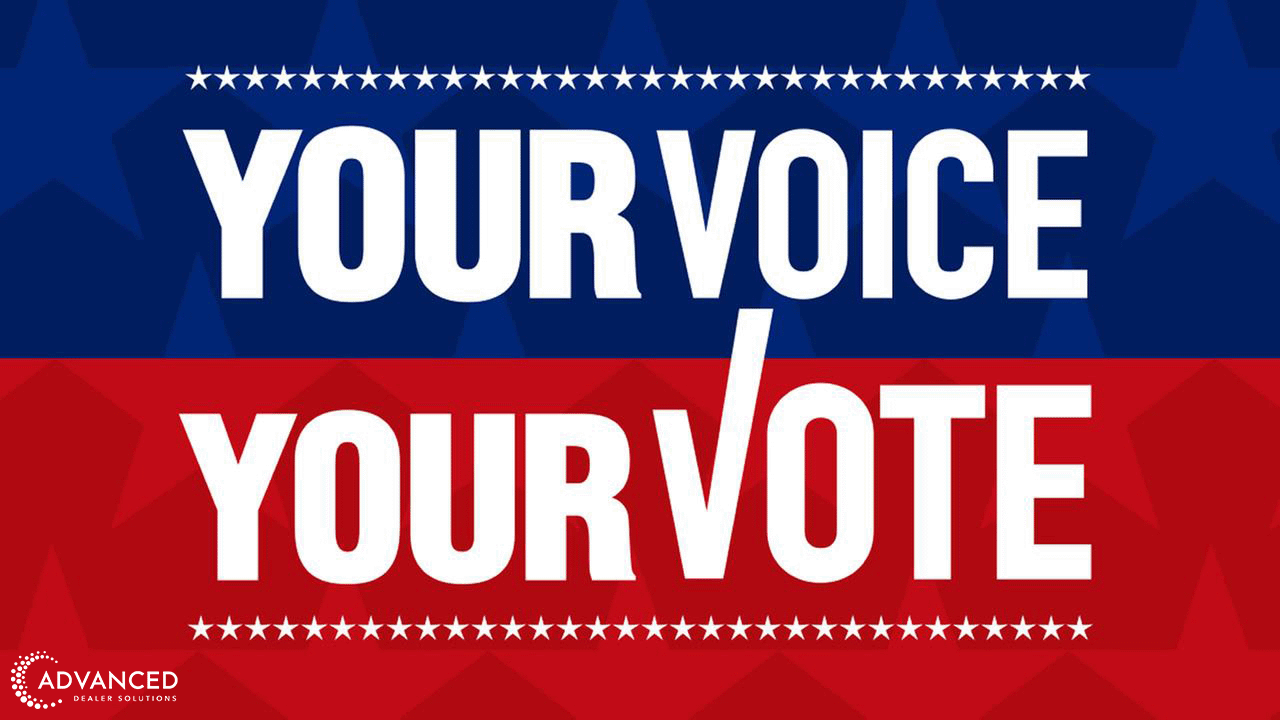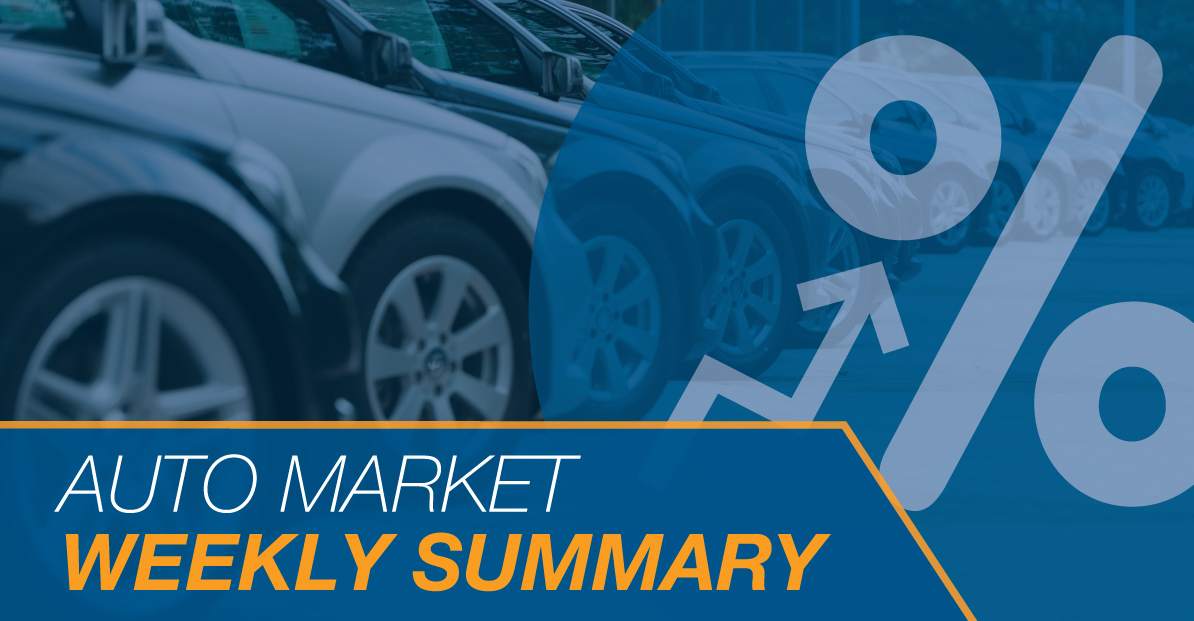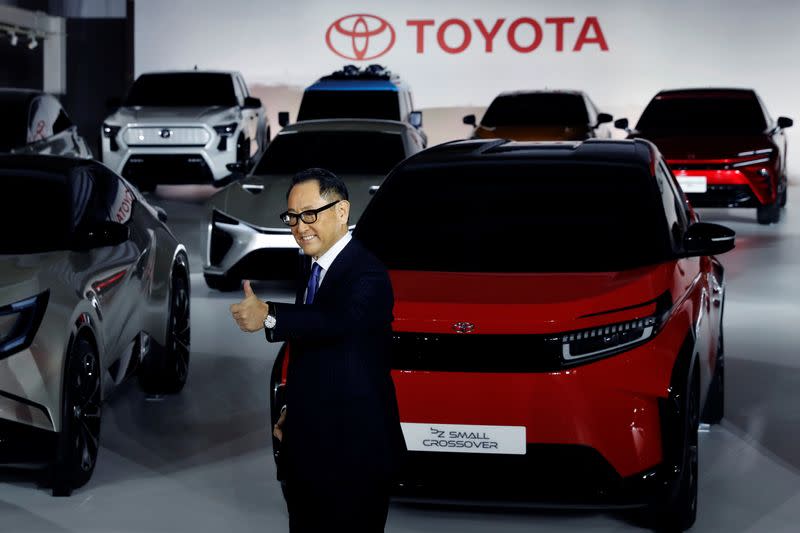Financial markets had a roller coaster ride last week, ending the week lower due to stronger-than-expected inflation data and consumer sentiment data indicating rising inflation expectations. Both suggest the Fed will raise rates as much as planned in November and December and possibly more.
The September Consumer Price Index (CPI) inflation report indicated headline inflation did not come down in September, and core inflation rose to a new 40-year high.
Retail sales in September were flat with August and were weaker than expected. Adjusted for inflation, spending declined in September from August but was unchanged year over year.
Consumer credit growth grew in August with heavier credit card usage. Auto loan performance has deteriorated further as both severe delinquency rates and default rates increased in September. While delinquency rates are very high, default rates remain relatively low. Auto loan credit loosened in September across all channels and lender types.
Sentiment increased slightly in the first half of October, according to the University of Michigan. However, inflation expectations are increasing, and the measure of future expectations declined.
September CPI Report Indicates Higher-Than-Expected Inflation, Core at 40-Year High
Inflation increased in September more than expected, according to the CPI. Headline year-over-year inflation was unchanged but remained lower than the peak in June.
The headline aggregate measure increased by 0.4% when a 0.2% increase was expected on a seasonally adjusted basis. The increase was an acceleration from the 0.1% increase in August.
The core CPI, which excludes Food and Energy, increased by 0.6% just as it did in August. A slowing to 0.4% had been expected. Energy declined again in September but at a smaller pace. Food and all other items saw similar aggregate gains.
Drilling down further, medical care and transportation saw the largest gains. Fuel oil, motor fuel, apparel, and used cars saw large declines. Rents saw another 0.8% increase, likely misleading and not reflecting current trends as the CPI methodology produces a severely lagged measure relative to real market activity.
Vehicle prices again moved in different directions in the CPI, finally reflecting what we have been seeing in the auto market, as new vehicles saw a 0.7% increase in September. Still, used vehicles saw a 1.1% decline.
The core CPI accelerated to a 6.7% increase on a year-over-year basis, a new 40-year high. The overall CPI year over year was unchanged at 8.2% but down from a peak of 9.0% in June.
The categories with the largest year-over-year increases in September were airline fares (43%), fuel oil (40%), piped gas utility (33%), butter (32%), and eggs (31%).
September Retail Sales Were Flat and Weaker than Expected
Retail sales in September were unchanged and weaker than expected, but August’s sales were revised higher. The initial estimate for September showed spending unchanged when an increase of 0.2% was expected.
The auto sector underperformed as sales excluding motor vehicles and parts increased by 0.1%, while sales of motor vehicles and parts declined by 0.4%. As gas prices declined for most of the month, spending at gas stations declined by 1.4%.
Categories saw mixed performance in September. Miscellaneous stores (-2.5%), furniture, home furnishing, electronics, and appliance stores (-0.7%), sporting goods, hobby, book, and music stores (-0.7%), and building material stores (- 0.4%) were also down. Clothing and accessories, non-store (e-commerce) retailers, and food services and drinking places were the largest gainers, each with growth of 0.5%.
Retail sales were up 8.2% year over year on a nominal basis. Only furniture, home furnishing, and electronics (-2.9%) were down compared to last year. The biggest year-over-year gainers were gas stations (+21%), non-store (+12%), and food services and drinking places (+11%).
Adjusted for inflation using the CPI, retail sales declined 0.4% for the month and were unchanged from a year ago.
Consumer Credit Card Growth Increases
The Federal Reserve reported that Consumer Credit, excluding housing-related debt, increased by $32.24 billion in August, accelerating from July’s $26.10 billion. Credit cards drove the acceleration in growth.
Auto loan performance in September deteriorated. Delinquencies of 60-plus days increased by 2.6% and were up 30.8% from a year ago. In September, 1.72% of auto loans were severely delinquent, rising from 1.65% in August and the highest rate since January 2010. Compared to a year ago, the severe delinquency rate was 44 basis points higher.
In September, 6.66% of subprime loans were severely delinquent, increasing from 6.38% in August. The subprime severe delinquency rate was 184 basis points higher than a year ago, and the September rate was the highest in the data series back to 2006.
Even though severe delinquencies are high and defaults increased in September, delinquencies are still not leading to pre-pandemic levels of defaults. Loan defaults increased 19.6% in September from August and were up 22.1% from a year ago. The annualized auto loan default rate in September was 2.24%, which remains below the 2.87% rate in September 2019. Auto credit access loosened in September.
Our Dealertrack Auto Credit Total Loan Index increased by 1.1%. Credit loosened across all loan channels and lender types in September, with new-vehicle loans loosening the most. Credit unions loosened the most across lenders.
Initial Consumer Sentiment Reading Mixed for October
The initial October reading on Consumer Sentiment from the University of Michigan increased by 2% to 59.8 from improving views of current conditions. However, inflation expectations are increasing, and the measure of future expectations declined. Consumers’ views of buying conditions for vehicles improved and were tied with March for the second-best reading this year. June was the all-time low in the reading.
Originally posted by Cox Automotive https://www.coxautoinc.com/market-insights/auto-market-weekly-summary-october-17/.











